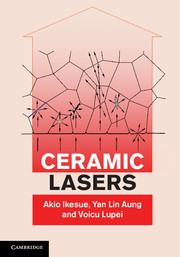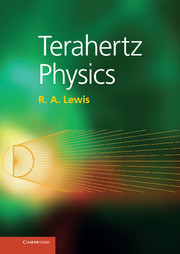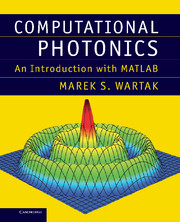Introduction
As of today, attosecond pulses are in the forefront of state-of-the-art technology[1, 2]. An attosecond pulse, due to its very short duration, can be sustained only bywavelengths of hundreds of angstroms. Such pulses are highly energetic and can cause molecular dissociation. Thus, attosecond pulses cannot be used to study molecular processes.
The ability to sustain only a few cycles in the pulse is a characteristic unique to the attosecond domain. To capture this quintessential feature on molecular processes, the idea of few-cycle pulses at more viable energy ranges, which can represent femtosecond or sub-femtosecond duration was used. In this chapter, we will observe what happens when a few-cycle pulse interacts with matter.
A few-cycle pulse, even on a near-IR wavelength, would be of a temporal duration of the order of femtoseconds. Hence, any general two-level system can, under the interaction of such pulses, be treated as ideal and non-relaxing, since normal molecular processes relax at much longer time scales. In this chapter, we, therefore, study the interaction of few-cycle pulses with ideal two-level systems, where the approximation of a smoothly varying envelope function breaks down. We also see that despite the overwhelming importance of the oscillatory nature of a few-cycle pulse, the signatures of the envelope profile still persists in the interactions.
Breakdown of Rotating Wave Approximation
For many-cycle pulses, the smoothly varying envelope function approximation is valid. The approximation states that the internal oscillations, because of their comparatively high number, can be ignored and only the envelope function plays a role. This is also called the rotating wave approximation (RWA)[3]. When we move away from the many-cycle pulses domain to the case of few-cycles, the smoothly varying function approximation is invalidated, and hence RWA breaks down[4, 5, 6, 7].
Let us consider an ideal 2-level system, with energy difference ωe Fig. 3.1. The central frequency of the exciting laser pulse is ωrad. The rotating wave approximation holds under the following condition [8]:
Therefore, keeping the x coordinate fixed, we see that the standard deviation (width) of the Fourier domain pulse is inversely proportional to . Thus, the shorter the temporal duration of the pulse, the more spreadout its spectrum would be.


